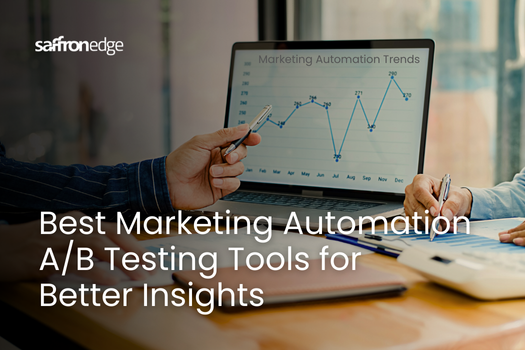Content marketing is one of the top strategies for every online marketer, irrespective of what their primary marketing strategy is, in whichever year. Content has been, content is, and content always will be the one-way road to success in web marketing field. Developing high-quality content is key to generating enormous traffic on your website. But, using the right content is also necessary.
With the passing of years, the trends change. Therefore, the type of content to use on your website has also changed over the years. Also, if you’re one of them who’re still using written content only, without any modification, the end is near for your web business.
Here are the types of content you should be using in 2017.
1. Infographics:
Using more infographics on your website can boost your web traffic. The popularity of infographics is increasing day by day. And, as I can observe, the reasonable factors are the visual appeal, availability of sufficient information, and simplified readability.
According to stats collected from MarTech and HubSpot,
- Web platforms like Pinterest and Postano are growing in popularity and set to continue these trends in the future
- Search volume has increased by 800% between 2010 and 2012
- According to a finding on BuzzSumo, infographics were shared more than 5000 times across major social media platforms
The science behind the popularity of Infographics.
- For human brain looking and grasping the data is more easier than reading and grasping the same data.
- Infographics are extremely engaging.
- The color scheme used in Infographics are more catchy for the eye.
2. Video content
Use of marketing videos for your product rather than simply written content can enhance your web business and boost the traffic reaching your website.
A brief glance at the statistics collected by Hubspot and Insivia to find why and how? Led me to the following conclusion.
The 2016 report based on 2015 data: If you think video content is a recent thing, you’re totally wrong. Here is some data that proves video marketing existed and started on the journey to its popularity from a while back.
- Embedding video in your marketing mail increases your click-through rate by 200-300%
- 45.4% users viewed at least one video online in a month
- 80% of the college and university students from across the world are a regular visitor to Youtube
- Including a video on your home-page can increase your conversion up to a whopping 80%
- From a users point of view, watching a video helps in decision making for 90% of the audience.
- Youtube reports a 100% rise in mobile consumption of videos
Now, heading towards the recent report based on the online user behavior in 2016
- 92% users share online videos
- After watching a product video, 62% of users are likely to purchase the product online
- 37% of successful marketers believe that online video is the reason for their success.
- The retention percentage increases to 65% after a duration of 3 days, if the information is served with adequate image or video.
The psychology behind video content popularity
- Video is an entertaining way to serve the desired information and easier to grasp.
- Our mind is more likely to process and retain videos for a longer duration than any other form.
- Explainer product videos influence decision making.
Embed these two content formats in your 2017 content marketing strategy, and you will observe the business growing rapidly.
The ultimate marketing toolkit
Related Blogs
We explore and publish the latest & most underrated content before it becomes a trend.

Subscribe to Saffron Edge Newsletter!

The ultimate marketing toolkit










